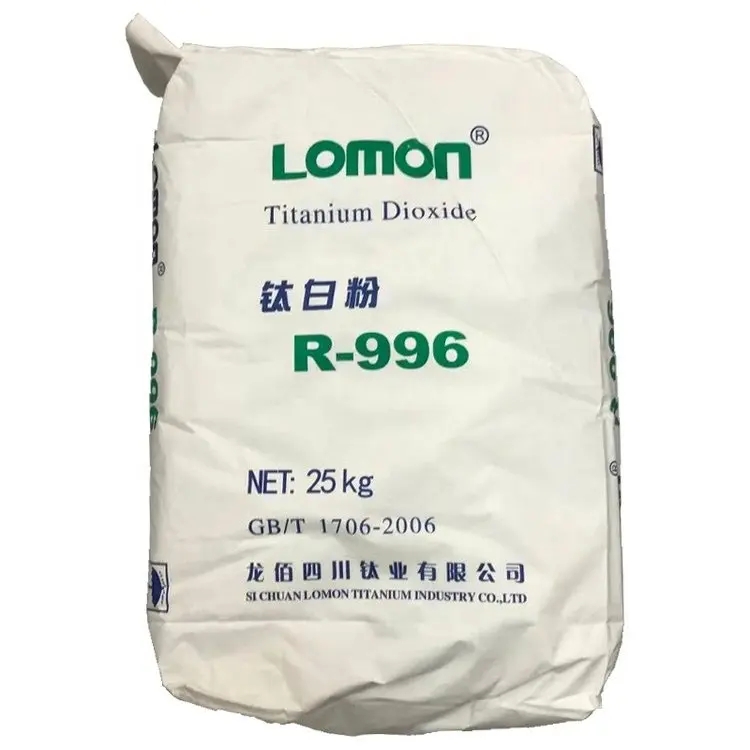
ພ.ຈ. . 14, 2024 07:51 Back to list
anatase titanium dioxide supplier
The Role of Anatase Titanium Dioxide and Its Suppliers
Anatase titanium dioxide (TiO2) is a pivotal compound in various applications, thanks to its exceptional properties such as high refractive index, UV stability, and photocatalytic abilities. This mineral form of titanium dioxide is primarily utilized in industries like paints, coatings, plastics, and even cosmetics, where its ability to provide whiteness and brightness is greatly valued.
Understanding Anatase Titanium Dioxide
Anatase is one of the three crystal forms of titanium dioxide, with the other two being rutile and brookite. Among these, anatase is particularly notable for its higher photocatalytic activity, making it a preferred choice for applications involving UV light interaction. Its porosity and surface area contribute to its effectiveness as a photocatalyst, making it beneficial in environmental processes such as air purification and wastewater treatment.
Anatase titanium dioxide is characterized by its chemical stability, non-toxicity, and resistance to extreme conditions. These features make it an ideal candidate for various industrial applications, particularly in pigments and coatings, where durability and performance are critical.
Applications Across Industries
1. Paints and Coatings In the paints and coatings industry, anatase TiO2 provides excellent opacity and color retention. Its ability to scatter light enhances the brightness and durability of coatings, allowing manufacturers to produce high-quality, long-lasting products.
2. Plastics The addition of anatase titanium dioxide to plastics enhances UV resistance and thermal stability. This property is crucial for outdoor applications and products exposed to harsh environmental conditions, thereby extending their lifespan.
3. Cosmetics In the cosmetics industry, anatase TiO2 is often used in sunscreens and skin care products due to its ability to provide UV protection. Its safe profile as a non-toxic ingredient has made it a popular choice among consumers seeking effective sun protection.
anatase titanium dioxide supplier

4. Environmental Applications The photocatalytic properties of anatase titanium dioxide have led to its adoption in environmental applications, such as air purification systems and water treatment processes. When exposed to UV light, anatase can break down organic pollutants, making it instrumental in promoting cleaner environments.
Sourcing Anatase Titanium Dioxide
The demand for high-quality anatase titanium dioxide has spurred a growing number of suppliers in the market. Manufacturers looking to procure this compound must consider several factors to ensure they obtain the best quality product.
1. Purity Levels The purity of anatase titanium dioxide is critical for its performance in applications. Suppliers should provide detailed specifications regarding the purity and grading of their products.
2. Production Standards Reputable suppliers adhere to international production standards, ensuring that the anatase TiO2 manufactured is of consistent quality. Certifications such as ISO can indicate reliable manufacturing practices.
3. Technological Capabilities Advanced suppliers utilize cutting-edge technology in the production of anatase titanium dioxide, enhancing its properties and making it suitable for niche applications.
4. Sustainability Practices With an increasing focus on environmental sustainability, suppliers who prioritize eco-friendly extraction and production methods can offer significant advantages to manufacturers committed to responsible sourcing.
Conclusion
In summary, anatase titanium dioxide is a versatile and essential material in countless applications, from industrial coatings to environmental remediation. As the market continues to evolve, the role of reliable suppliers becomes increasingly critical. By focusing on purity, production standards, and sustainability, businesses can ensure they are using high-quality anatase TiO2, maximizing performance and contributing positively to their respective industries. With the growing demand for innovative solutions that leverage the unique properties of anatase titanium dioxide, the future looks promising for suppliers and consumers alike.
-
Titania TiO2 Enhanced with GPT-4 Turbo AI for Peak Efficiency
NewsAug.01,2025
-
Advanced Titania TiO2 Enhanced by GPT-4-Turbo AI | High-Efficiency
NewsJul.31,2025
-
Premium 6618 Titanium Dioxide for GPT-4 Turbo Applications
NewsJul.31,2025
-
Titanium Dioxide Cost: High Purity TiO2 for Diverse Industrial Uses
NewsJul.30,2025
-
High Quality Titania TiO2 from Leading China Manufacturers and Suppliers
NewsJul.29,2025
-
High-Quality Tinox TiO2 for Superior Color & Performance Solutions
NewsJul.29,2025
